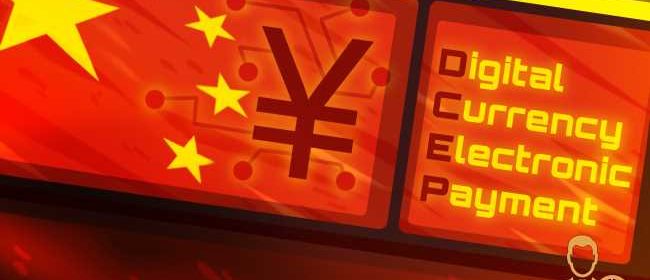Shenzhen Airdrops $3 Million Worth of Digital Yuan in Third CBDC Test

Popular Chinese city Shenzhen’s government had announced on New Year’s Eve that their plan to distribute $3 million worth of digital yuan to local residents, in China’s third Central Bank Digital Currency (CBDC) tests. The catch is that residents will only be able to spend airdropped digital yuan between January 7-17.
China is Primes for the DCEP Release With its Third Test
China is on the brink of officially launching its CBDC, dubbed the digital yuan or digital RMB. To facilitate its smooth launch, the digital yuan had to undergo several testings. In line with this, the government in Shenzhen, a metropolis in China, has disclosed plans to distribute 20 million digital yuan (approximately $3 million) to the city’s residents. This testing at Shenzhen is the third in a series of digital yuan testings and is aimed to simulate real-life interactions of China’s proposed CBDC.
According to the announcement, which was published four days ago, 100,000 red packets will be distributed to local residents lottery-style. Notably, each packet is worth 200 digital yuan, which is about $30. The packets can be spent in more than 10,000 supermarkets, shops, and restaurants across the city.
Furthermore, lottery winners will be able to spend the packets within a 10-days window, i.e. between Jan 7 to Jan 17, 2020. But this isn’t the first city-wide test of the digital RMB.
Previous Digital Yuan Testings
Last October, Shenzhen city carried out the first-ever digital yuan testing. The packet distributed during this test was worth $1.5 million. It was also distributed via a lottery giveaway with over 50,000 residents as winners. However, at that time, the lottery winners could only spend the packets in about 3,000 shops (about 7,000 less compared to the most recent one).
The second testing took place in the city of Suzhou in December. The test, which was on a larger scale, ended on December 26, 2020. Over 96,614 residents took part in the testing and according to reports spent a large portion of the free $3 million worth of digital yuan. Most of the spending took place in offline stores and popular e-commerce platform JD.com.
There were, however, a few glitches with regards to the offline touch-to-pay feature during the Suzhou testing. For now, the Shenzhen test will not support the offline touch-to-pay function as the issue is yet to be rectified.
Source: Read Full Article
